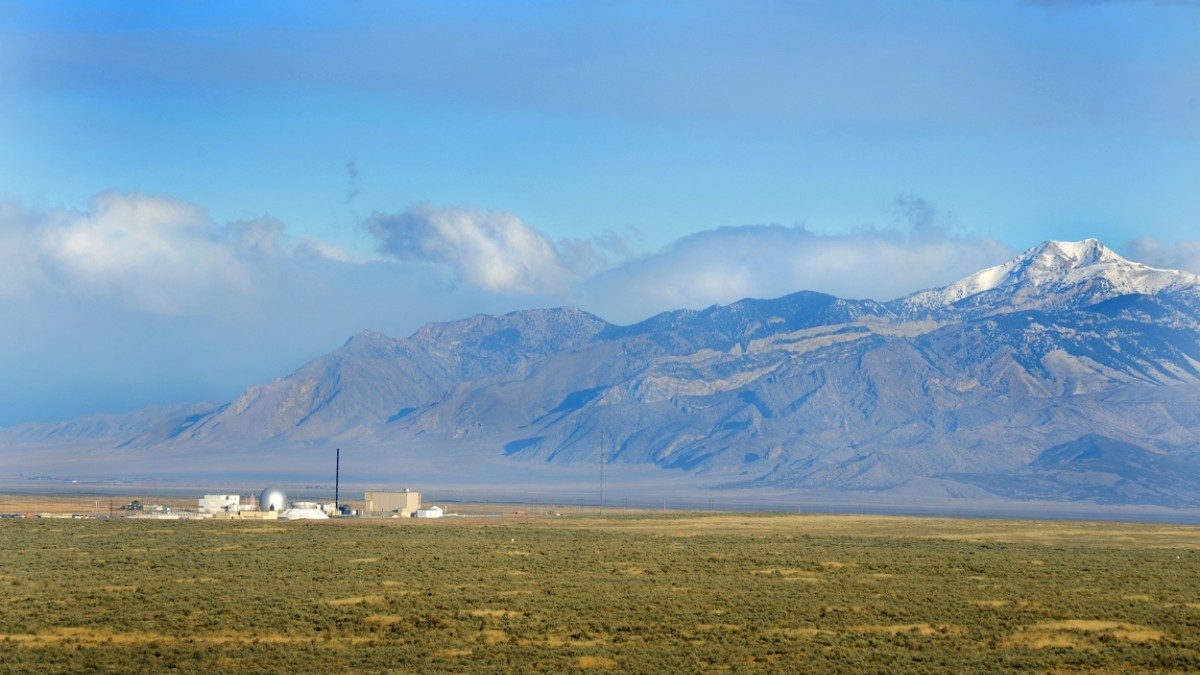
The US Department of Energy (DOE) is going to repurpose sites previously used in the nuclear weapons program into solar farms.
DOE is negotiating leases with two developers for solar farms within the 890-square-mile Idaho National Laboratory (INL) site, in Idaho Falls. The plan is to produce 400 megawatts (MW) of solar power – enough to power 400,000 homes.
These are the first projects as part of the DOE’s Cleanup to Clean Energy initiative, launched in July 2023, in which portions of federal land previously used in the US nuclear weapons program will be repurposed into clean energy sites. (Note that INL has never been part of the nuclear weapons program.)
US Energy of Secretary Jennifer Granholm said, “Working closely with community leaders and private sector partners, we’re cleaning up land once used in our nuclear deterrence programs and deploying the clean energy solutions we need to help save the planet and strengthen our energy independence.”
DOE is negotiating with developers NorthRenew Energy Partners and Spitfire to build solar farms at the INL site.
Becket, Massachusetts-based solar developer NorthRenew Energy is anticipated to build a 300 MW solar farm and battery storage on around 2,000 acres of INL land. Developer Spitfire is expected to install a 100 MW solar farm with battery storage on 500 acres of INL land. No timeline has been identified yet by the DOE.
The next steps for the Cleanup to Clean Energy initiative are DOE-issued requests for qualifications (RFQs) to lease land at four additional sites: the Hanford site in Washington; the Waste Isolation Pilot Plant in New Mexico; the Nevada National Security Site in Nevada; and the Savannah River Site in South Carolina. DOE will announce additional selections later in 2024.
The US Department of Energy sent us the following correction: “We incorrectly stated that the two projects detailed in the press release could produce enough MW of solar power to power 400,000 homes. It should read 70,000.” We have amended the headline to reflect the correction.
Read more: We’re closer to tripling renewable energy capacity by 2030 than we look – IEA
Due to shifts in solar policy, renters and homeowners in many states are now able to subscribe to a local community solar farm. Community solar typically saves you 5-15% depending on where you live, it’s quick and easy to sign up (no upfront costs), and no solar panels are installed on your property.
Save money and help the environment by utilizing the EnergySage Community Solar Marketplace to explore all the solar farms available to you. They even have dedicated Energy Advisors to answer any questions you have about community solar and help you sign up. Subscribe and save here. –affiliate link*
FTC: We use income earning auto affiliate links. More.




Comments